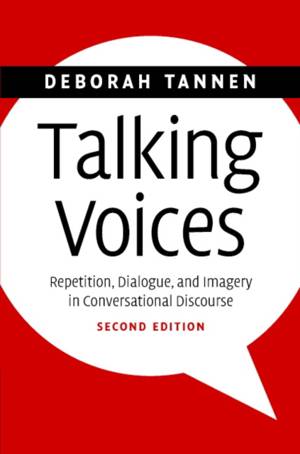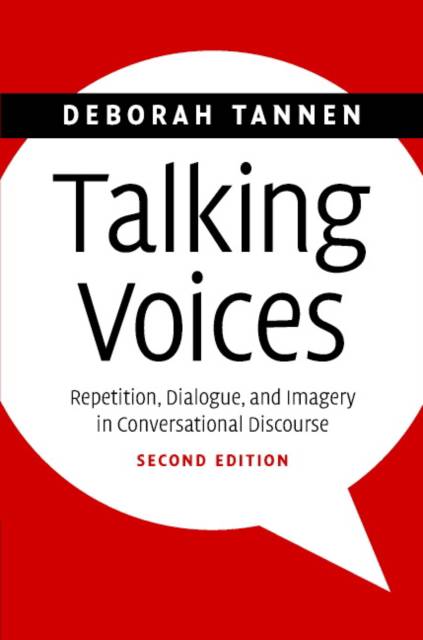
- Afhalen na 1 uur in een winkel met voorraad
- Gratis thuislevering in België vanaf € 30
- Ruim aanbod met 7 miljoen producten
- Afhalen na 1 uur in een winkel met voorraad
- Gratis thuislevering in België vanaf € 30
- Ruim aanbod met 7 miljoen producten
Zoeken
€ 123,95
+ 247 punten
Uitvoering
Omschrijving
Written in readable, vivid, non-technical prose, this book, first published in 2007, presents the highly respected scholarly research that forms the foundation for Deborah Tannen's best-selling books about the role of language in human relationships. It provides a clear framework for understanding how ordinary conversation works to create meaning and establish relationships. A significant theoretical and methodological contribution to both linguistic and literary analysis, it uses transcripts of tape-recorded conversation to demonstrate that everyday conversation is made of features that are associated with literary discourse: repetition, dialogue, and details that create imagery. This second edition features a new introduction in which the author shows the relationship between this groundbreaking work and the research that has appeared since its original publication in 1989. In particular, she shows its relevance to the contemporary topic 'intertextuality', and provides a useful summary of research on that topic.
Specificaties
Betrokkenen
- Auteur(s):
- Uitgeverij:
Inhoud
- Aantal bladzijden:
- 244
- Taal:
- Engels
- Reeks:
- Reeksnummer:
- nr. 26
Eigenschappen
- Productcode (EAN):
- 9780521688963
- Verschijningsdatum:
- 5/11/2007
- Uitvoering:
- Hardcover
- Formaat:
- Genaaid
- Afmetingen:
- 161 mm x 234 mm
- Gewicht:
- 498 g

Alleen bij Standaard Boekhandel
+ 247 punten op je klantenkaart van Standaard Boekhandel
Beoordelingen
We publiceren alleen reviews die voldoen aan de voorwaarden voor reviews. Bekijk onze voorwaarden voor reviews.











